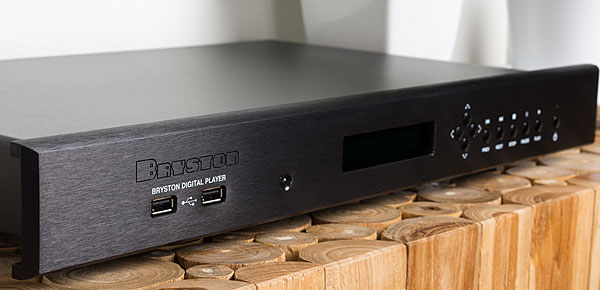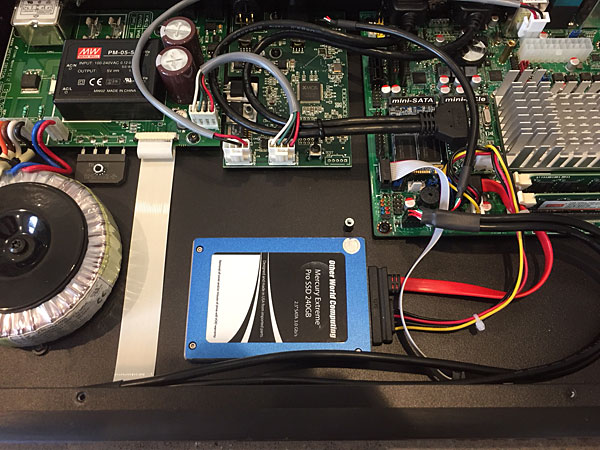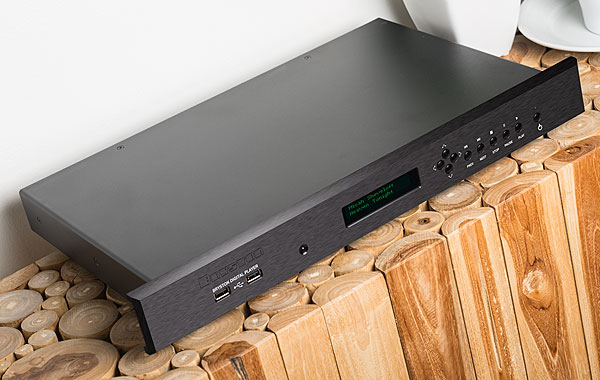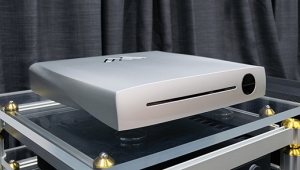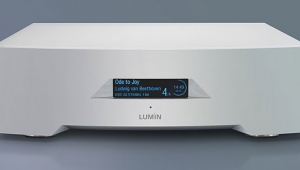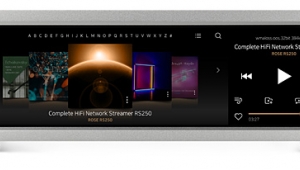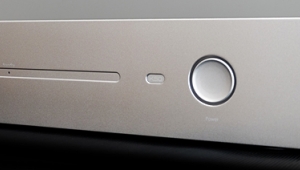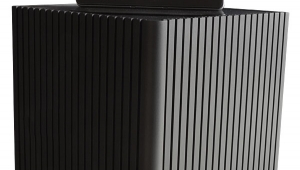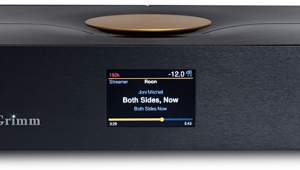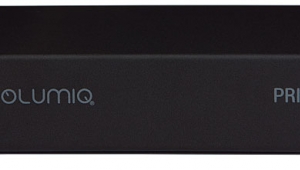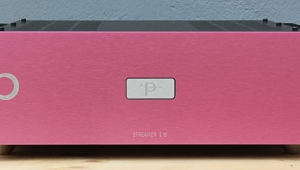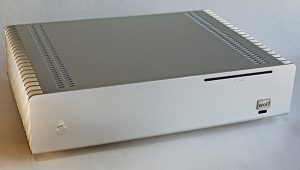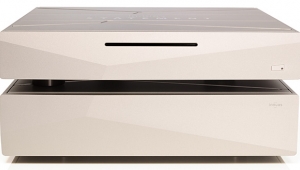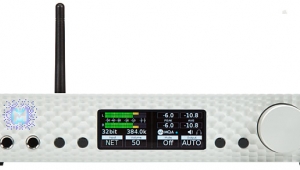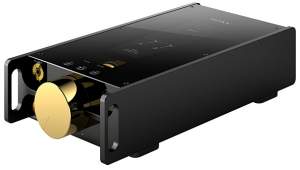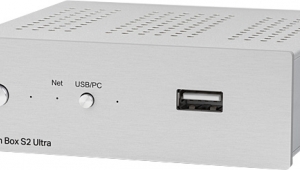| Columns Retired Columns & Blogs |
Is nothing more than a low powered 'starter' PC in a fancy case. Even then it lacks a screen, keyboard, disk drive, and even a 'basic' DAC, (which that low powered PC will have though we 'hifi' people will be unlikely to use it).
Such a PC costs about 300 Dollars. Add a player, such as JRiver or something similar, it totals 350 Dollars.
Why then does the BDP-3 cost 3500 Dollars?
(BTW: I generally like Bryston stuff, particularly their power amplifiers, but this thing is a nonsense.)



